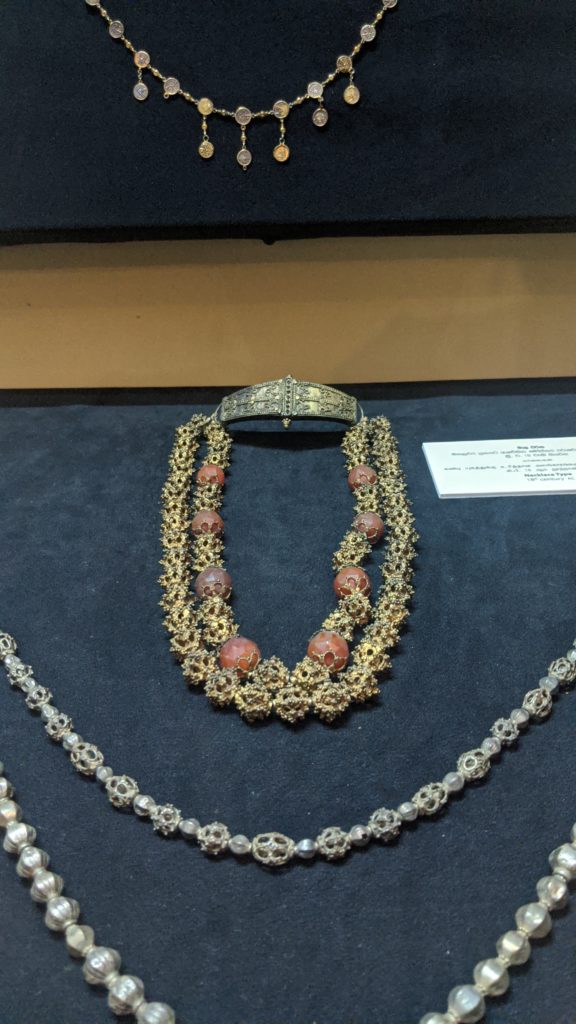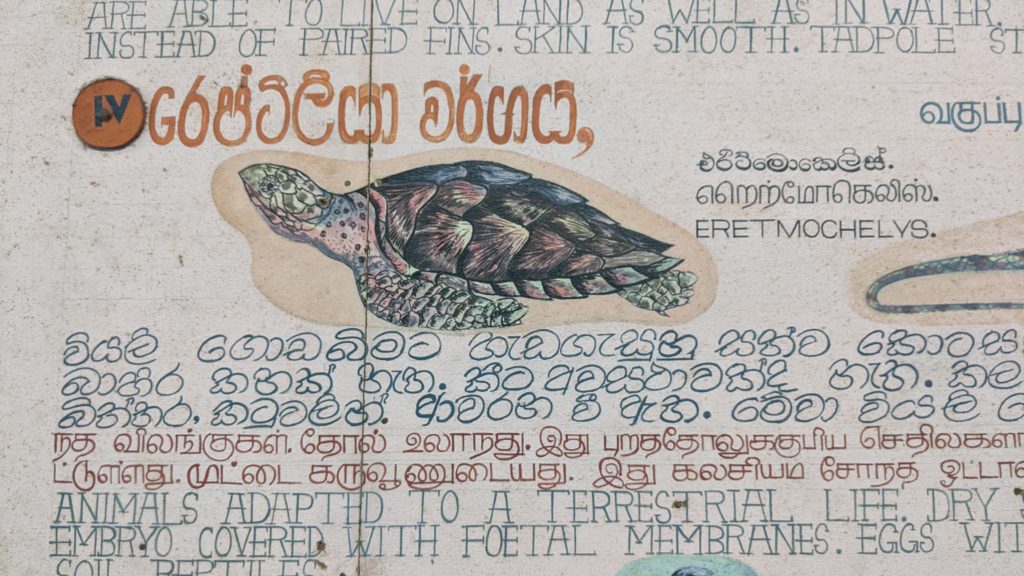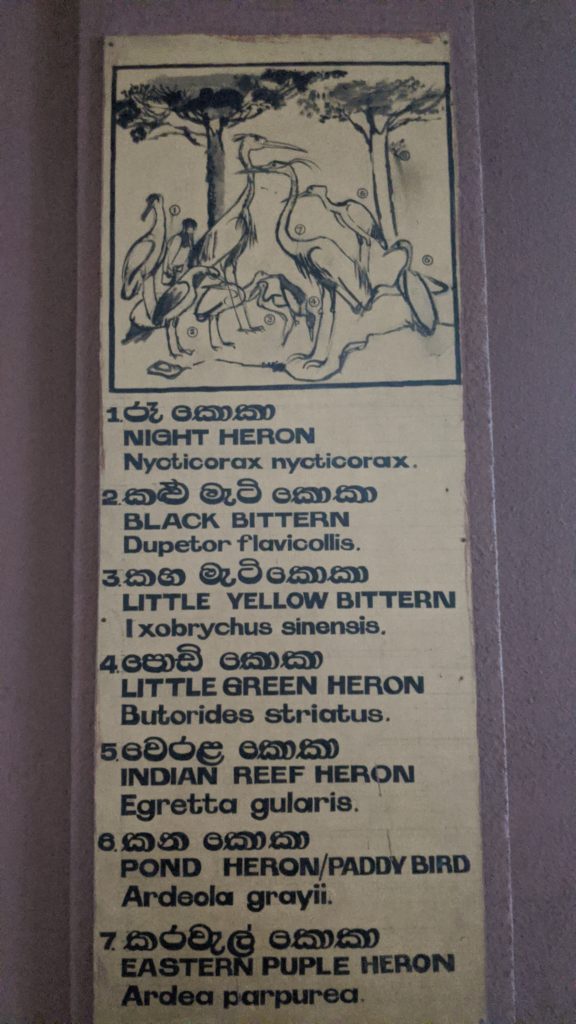
It’s no secret that my Ama was adopted. For as long as I can remember, there’s been a black and white portrait of my adopted Great Grandmother hanging in the gods’ room. In the picture, she wore a Buddhist robe and held rosaries. Her face was kind, but her expression was stern, with a hint of a smirk like she was pretending to be serious just for the photoshoot. Though I don’t remember meeting her, her face is familiar—I’ve been looking at her portrait my whole life. Yet I know almost nothing about her, except that she was a devout Buddhist whose husband died young, she was friends with my Great Grandmother and was childless until Ama came into her life. Other than that, I learned that she was born in 1903 and that she was illiterate—information I gleaned from a 1950-era household registration within Ama’s archives.
Sometimes I feel like I recall memories that are not mine. They’re my Ama’s, so I have to imagine what she went through and try to see the events of her life from her point of view and in the context of Taiwanese history. I will probably never know precisely what happened to my grandmother and how she felt about her life, but I can use reimagined memories to try to understand my Ama as a woman of her time.
I don’t know how old Ama was when her parents gave her away. I asked my father, but he didn’t know. “Didn’t you ask Ama?” I asked.
“Of course I did!” my father said. “But she’d just yell at me and told me not to bother with the past.”

I know almost nothing about Ama’s adopted family except the snippet I learned about my adopted Great Grandmother from Ama’s archives. From how fondly my father spoke of her, Ama loved her adopted mother very much. Allegedly, one of the reasons Ama chose Agon, my grandfather, was that Ama wanted to have the means to take care of her widowed adopted mother and live with her. Agon was a handsome and successful obstetrician who was thirteen years her senior and already married. Perhaps Ama believed that she couldn’t live with her adopted mother and care for her if she had married because it was standard Taiwanese practice for a wife to move into her husband’s ancestral home and care for his parents. Perhaps Ama feared that no husband would allow her to bring her adopted mother into their marital home, so she chose a married man instead.
I will never have the answer to my burning questions about her birth or adopted family and why she chose a life of a mistress instead of a wife. I wish I had asked her more questions when she could answer them. However, I am thankful that in a rare moment when Ama still had her mental faculties, she brought down her box of photographs. This is the only reason I know what Ama looked like as a child—it was the only reason I could identify her in these almost-a-century-old photos.

My Great Grandfather and Great Grandmother share seven daughters and two sons. The firstborn, a daughter, died as a child. When my Great Grandparents moved to Vietnam, they took both sons and some of the daughters, leaving behind the second sister, who was probably married off, the fourth sister, and Ama, the fifth sister. Ama’s fourth sister was two years older, and the two girls were given away to be raised by different families. I don’t know if Ama was the youngest at the time of my Great Grandparents’ departure—I don’t know if the sixth and seventh sisters were born in Taiwan or Vietnam. However, I know that the youngest two children, a son and a daughter, are born to my Great Grandfather’s second wife after my Great Grandmother’s death. They also adopted another son.
In the 1930, my Great Grandparents moved to Vietnam at the height of Japanese colonialism as it tried to expand its territories across Asia. My father guessed that her family probably left Taiwan when Ama was old enough to be out of diapers but still young enough to be moulded into someone else’s daughter. I understand why Ama’s parents took the boys—sons carry the family name in a patriarchal society. But I can only guess why they gave away the three daughters. Perhaps there were just too many children, so my Great Grandfather gave away some of his daughters to whoever would take them. Regardless of the reasons, Ama must feel abandoned or traumatized knowing that her parents didn’t want her or couldn’t take her to their new home.

My Great Grandfather did eventually return to Taiwan in the late 1940s or early 1950s. It was a turbulent time in Taiwan. World War II ended with the Japanese surrendering, and they lost control of Taiwan and all its colonies. The United States negotiated with the Republic of China (ROC) and gave control of Taiwan to its ruling party, the Kuomingtang (KMT). My Great Grandfather and his new life moved back to Taiwan as it was going through massive changes in governance and a shift in allegiance.
As far as I could tell from Ama’s records, the only ones that returned to Taiwan with my Great Grandfather were the second and third son, the adopted son and possibly Ama’s cousin. None of the daughters came back to live in Taiwan. I also found some records that indicated that Great Grandfather came back as Ama finished nursing school and was working at a hospital where she contracted a serious illness. Great Grandfather took care of her, provided her with Chinese medicine, and nursed her to health.
When Saigon fell in 1975, the remaining Wu family fled Vietnam—some to France and others to the U.S. I don’t know precisely where the Third and Sixth sisters relocated to, but the Seventh sister, who moved to France, visited Taiwan regularly. Her sons, who are about my father’s age, studied in Taiwan. She was the only one of the sisters who grew up in Vietnam who showed up in Ama’s photos.
Sometimes I wonder if my great-grandparents were terrible parents for leaving their daughters behind. If they hadn’t left Ama as a child, perhaps she would have married and led a more conventional life—but I wouldn’t have existed. So the point of this exercise isn’t to judge my ancestors or scrutinize their decisions—instead, I try to see them as people through a compassionate lens—I try to see them as people from different eras and try to learn about them in the context of Taiwanese history.




















